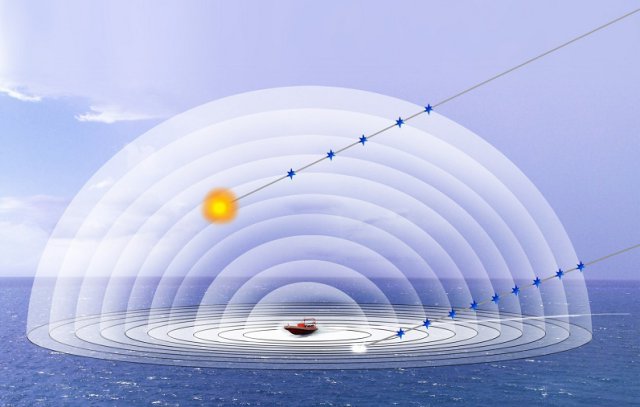 Following a series of tests beginning at the end of last year, Aveillant’s unique holographic radar has proved able to detect and track drones, as small as the commercially available Phantom II, at ranges in excess of 4 nautical miles.
Following a series of tests beginning at the end of last year, Aveillant’s unique holographic radar has proved able to detect and track drones, as small as the commercially available Phantom II, at ranges in excess of 4 nautical miles.
In addition to internal trials, Aveillant was approached by a major multinational searching for a technology capable of drone detection. In a trial defined by the multinational, Aveillant’s demonstrated performance was way in excess of other proposed solutions, detecting a drone of Phantom II size within seconds of launch and identifying it both on radar and visually. Aveillant’s trial process culminated in a public demonstration for a BBC news article, available here.
Holographic radar is the world leading next generation radar technology and Aveillant is continuing to expand its surveillance capability.
Following an increase in potentially threatening activity involving drones, Rob Abbott, Aviation Director at Aveillant, commented on recent trials and the high levels of fidelity shown using its holographic radar:
“With the recent increase in public drone activity, including drone flights over sensitive sites, such as nuclear power stations and government buildings, and incidents of proximity with civil airliners, the world is understandably concerned about the potential risks that this accessible technology presents. We are pleased to be able to confirm that Aveillant’s holographic radar is capable of tracking these targets.”
“Any increase in this sort of airspace activity requires rapid and focussed industry development in order to have solutions in place before further risks materialise. The industry needs a surveillance solution capable of continuous, intelligent interrogation of the airspace providing 100% surveillance of every target, including drones. This requirement simply cannot be met by existing conventional radar technologies. It is rare for industry to be ahead of the game in the way Aveillant are in this case.”
Not only is Aveillant able to closely monitor the movement of these air vehicles, it can also retain an in-depth traceability from origin to aid investigation and potential litigation. What Aveillant has achieved with these latest trials cements holographic radar as a credible tool for tracking UAVs.”
David Crisp, CEO of Aveillant, said:
“We have been working with aviation, air traffic control industry professionals for many years. Our radar is now commercially available across the UK with further discussions underway with many airports and ANSPs across Europe. We’re looking forward to seeing wider adoption of our solution, and continuing to help to keep our airspace open and safe.”
It is worth noting that the future of drone aviation is not purely a defence and security issue. Drones appear increasingly likely to play a significant role in a wide range of aviation applications from recreation and research, to security and logistics. A holistic and detailed view of our airspace would be a prerequisite of these possibilities becoming reality, and we are certain that Aveillant has by far the world’s most advanced offering.
Drone tracking represents just one example of our technology’s potential applications. Because our principal breakthrough is algorithms and software, our capabilities are extraordinarily broad and flexible. Indeed, we may be able to react to this and future surveillance requirements with a software patch rather than a hardware installation – it is a uniquely adaptable, detailed, and holistic solution.”
Source: Press Release

